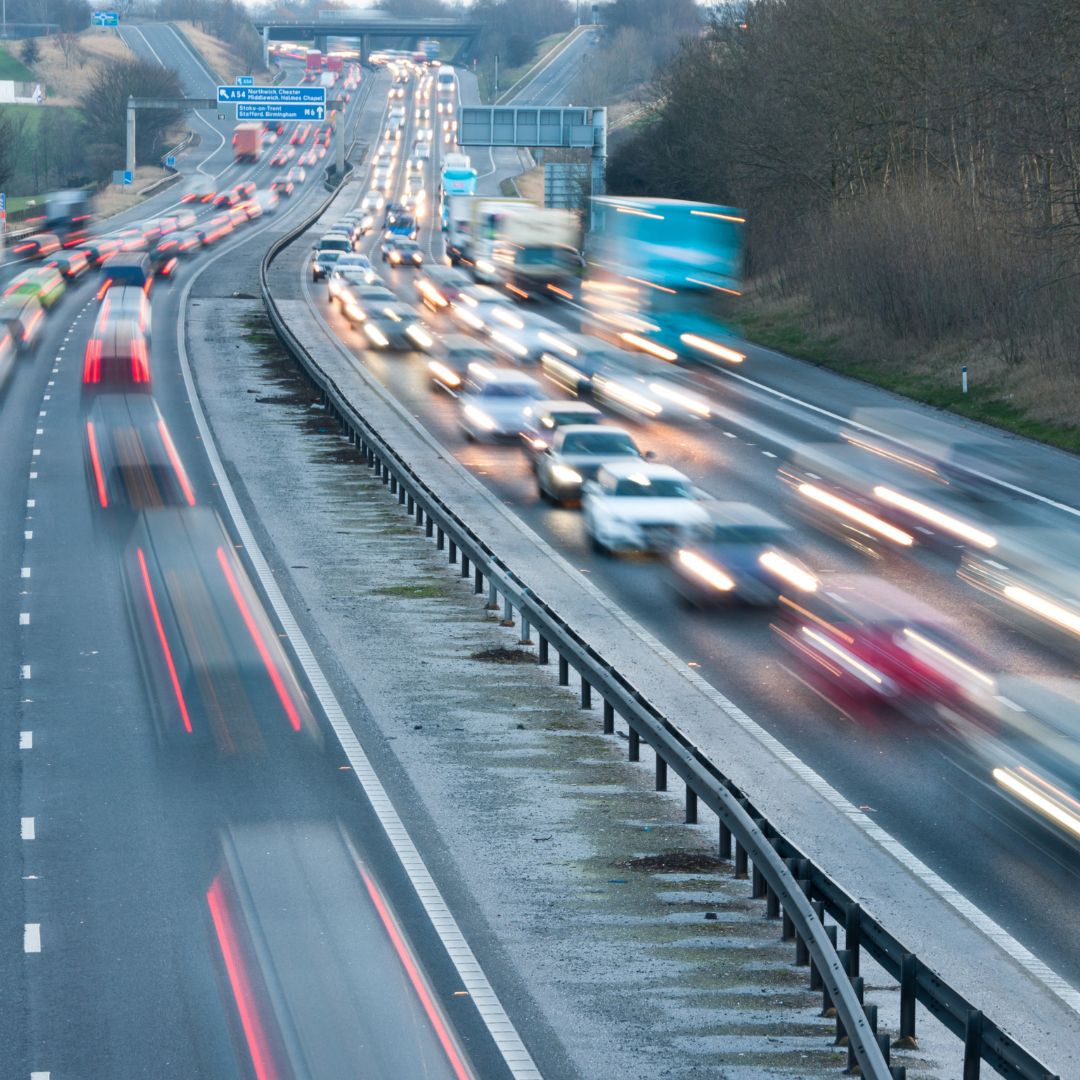BBC Panorama has discovered that the technology behind England’s smart motorway network regularly stops working.
In a recent TV episode, Panorama detailed information that showed hundreds of incidents when crucial safety equipment was out of action.
What is a Smart Motorway
Smart motorways are stretches of road where technology is used to regulate traffic flow and ease congestion.
There are three types of smart motorway currently in use:
Controlled motorway, where the hard shoulder is still available for use in an emergency and speed limits are variable and controlled via a regional traffic centre. This covers 140 miles of motorway.
Dynamic hard shoulder, where vehicles can use the hard shoulder at peak times and speed limits and lane use is controlled by the regional control centre. Emergency breakdown areas are available at intervals on these stretches of motorway, which cover just over 60 miles of the motorway network.
All lane running, where there is no hard shoulder. The regional traffic centres control speed limits, emergency breakdown areas are available, and lanes are marked as closed if a car breaks down in the inside lane. There are around 193 miles of this type of smart motorway.

Safety Concerns
Radar and cameras are used to spot broken-down vehicles, and electronic warning signs are then utilised to close affected lanes. However, there have been many instances where broken-down vehicles have been left stranded in a stream of fast-moving traffic, and emergency vehicles have struggled to get through to an incident.
Concerns over the safety of smart motorways led the government to announce last year that it was halting the roll-out of new smart motorways and would provide additional money to make the existing network safer.
Figures released following Freedom of Information requests by Panorama show that between June 2022 and February 2024, there were 392 incidents when motorway technology lost power, making it difficult to detect when a vehicle has broken down. These outages sometimes lasted days.
In addition to the power fault issues, Panorama found that in 2022, the radar system designed to spot stationary vehicles had 2,331 faults, the average lasting more than five days. National Highways says the radar detects 89% of stopped vehicles, but that means one in 10 are not spotted.
At least 79 people have been killed on smart motorways since they were introduced in 2010. National Highways’ latest figures suggest that if you break down on a smart motorway without a hard shoulder, you are three times more likely to be killed or seriously injured than on one with a hard shoulder.
However, although 150 additional emergency refuge lay-bys were supposed to be built by next year, only 13 have been completed so far, and 34 are under construction.
In response to the Panorama programme, National Highways says reinstating the hard shoulder would increase congestion and that there are well-rehearsed contingency plans to deal with power outages. It also stated that “smart motorways are our safest roads”.
Every idiot who had anything to do with this crazy concept should be hauled before the courts, charged with manslaughter
All lane running should be cancelled too dangerous
Totally agree that smart motorways should never have been allowed for the exact reasons in the Panorana programme. They were not researched properly and have been a danger since first introduced.
What we all knew – ‘Smart’ motorways are killing people, yet they continue to be promoted by government bodies Even sceptical me is shocked at the figure that breaking down on a Smart Motorway means you r three times as likely to die?
The only Smart Motorways are the ones with hard shoulders
They were not thought out, like every thing the current government has forced on us.
I contacted the Dept for Transport and in their reply they were very happy with the performance of these roads. I pointed out the signage was not being used correctly and why couldn’t the operators using the CCTV see what was happening in the carriageways.
They saw no problems and said there was ample CCTV coverage.
They are a not so cheap and nasty response to low road investment